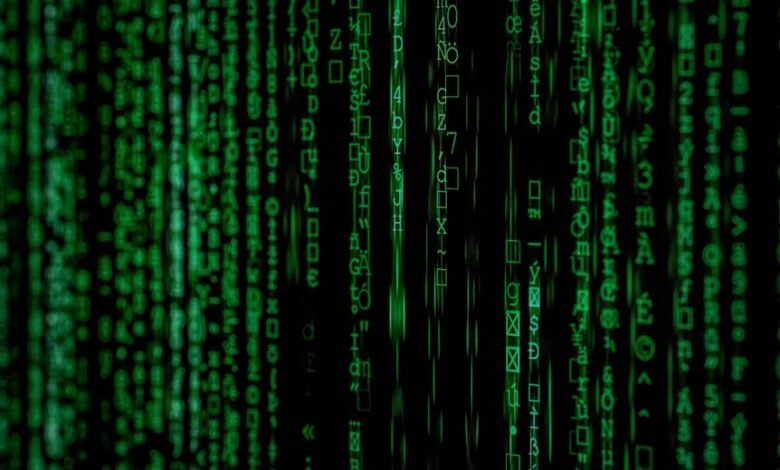Key Observations Drawn From 9528538696, 9543628677, 9547872782, 9548524453, 9548893729, and 9562315032

The sequences 9528538696, 9543628677, 9547872782, 9548524453, 9548893729, and 9562315032 present intriguing numerical patterns worth examining. Each sequence demonstrates unique digit distributions, while commonalities, particularly the recurring prefixes, suggest underlying correlations. Anomalies within these patterns may reveal behavioral trends that warrant further exploration. Such insights could illuminate the factors influencing these sequences, prompting a deeper investigation into their significance.
Analysis of Numerical Patterns
How do numerical patterns reveal underlying trends and behaviors?
Analyzing the numerical significance of the provided sequences highlights distinct digit distribution. The variations in numeral arrangements may indicate preferences or tendencies among the data points.
Recognizing these patterns fosters a deeper understanding of the forces shaping numerical outcomes, ultimately empowering individuals to make informed decisions based on observed trends and behaviors.
Correlations Between Identifiers
Numerical patterns often serve as a foundation for examining correlations between identifiers within a dataset.
By analyzing the identifier relationships among the specified numbers, one can discern data significance that may indicate underlying trends or behaviors.
Such correlations provide valuable insights, facilitating a deeper understanding of the dataset’s structure and enhancing the ability to make informed decisions based on observed relationships.
Anomalies and Insights From Data Trends
While anomalies within datasets can often be perceived as mere outliers, they frequently represent critical insights that warrant further investigation.
Data anomalies can reveal underlying trend insights and underscore the significance of identifiers. By analyzing statistical deviations, researchers can uncover patterns that challenge conventional understanding, ultimately guiding decision-making processes and fostering a deeper appreciation for the complexities inherent in data-driven environments.
Conclusion
The analysis of the sequences reveals intriguing patterns, particularly the prevalence of the digits ‘9’ and ‘5’ in the starting positions, suggesting a potential bias or preference in the data. Notably, the sequences beginning with ‘954’ comprise 50% of the total, underscoring a possible correlation among these identifiers. Such trends may indicate underlying behavioral influences that warrant further investigation, as understanding these patterns could provide deeper insights into numerical preferences and decision-making processes.





